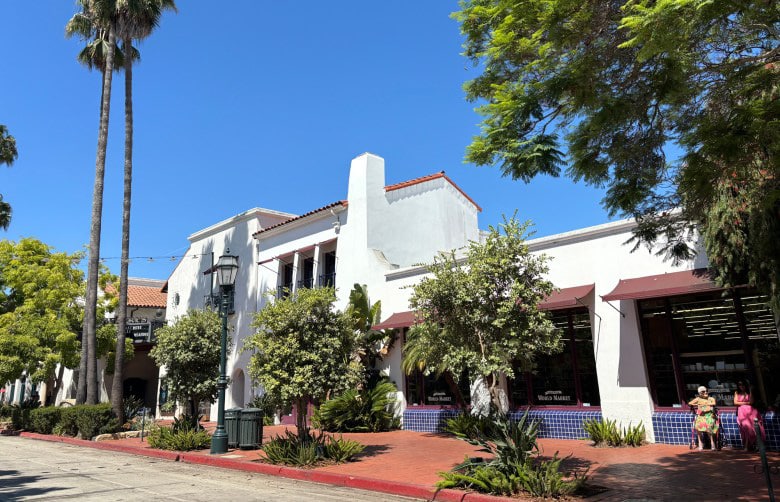
Santa Barbara is moving forward with a plan to create more housing downtown, but it won’t include requiring below-market-rate units.
The City Council voted 5-2 on Tuesday to move forward with an adaptive reuse ordinance to relax requirements for developers to build housing. The proposed ordinance would exempt the city’s 10% inclusionary requirement.
City staff will incorporate Tuesday’s comments from the council members and return soon with the ordinance for a final vote.
“Requiring below-market rents in adaptive use projects will lead to few if any projects downtown,” said Ben Romo, who works with developers Jason and Kevin Yardi. “The margins are very, very thin on these projects, and many property owners will not accept the 90-year regulatory recording and monetary relationship with the government that the inclusionary ordinance imposes.”
Romo said he supports the 10% requirement for commercial properties outside of the downtown central business district.
Councilwomen Wendy Santamaria and Kristen Sneddon opposed the ordinance, saying that the affordability would be needed downtown.
“If we are moving the inclusionary housing requirement from those projects, what we are going to end up with are market-rate units,” Santamaria said.
Giving local developers the ability not to build low- or moderate-income housing units would “segregate our workforce out of the downtown,” or attract only out-of-town wealth tenants, she added.
“I don’t want to make the central business district a high-income place only,” Santamaria said. “That’s not what our city is. Whether we like it or not, we have people who are lower-income, who keep the city running and who also deserve to live in that center core.”
However, Romo said downtown is the most expensive, complicated place for developers to build and that requiring an affordable unit would halt all development.
Lisa Carlos, a member of the Housing Authority Commission, said she supports the ordinance, with the inclusionary requirement.
“Housing development should ideally be mixed-income, not segregated by economic class,” Carlos said.
Santa Barbara officials are looking to make it less expensive and quicker for developers to get approval if they build housing on top of retail and office spaces.
Currently, converting nonresidential space into housing requires zoning modifications because the buildings often cannot accommodate the open yard, parking or setbacks that are required for residential development.
The proposed adaptive reuse ordinance would remove the requirement for those zoning modifications and associated discretionary hearing. The changes would reduce developer risk, speed up the approval process and make it easier to convert buildings to housing.
Romo has said his clients have worked on three adaptive reuse projects downtown, but that they are “unicorns,” doing the work for philanthropic reasons, and are willing to receive only a 5% return on their housing projects. Such a small return is unacceptable for most developers, he said.
Councilman Mike Jordan said the biggest challenge for developers to build housing is the cost of land. He said the ordinance is meant to revitalize downtown, and the inclusionary requirement would lead to almost no housing.
Santa Barbara Mayor Randy Rowse said that any contractor would say that it’s more economically viable to scrape and build from new than it is to hollow out an old building, especially the older ones downtown.
“This is, in fact, an economic development opportunity,” Rowse said.
Eventually, the city might require developers to pay in-lieu fees for developers converting commercial buildings, but it is waiting for an in-lieu fee study expected later this year.
If the council moves forward with an ordinance that exempts below-market-rate units, any project that proposes 25 units or more downtown would have to comply with the inclusionary ordinance.
